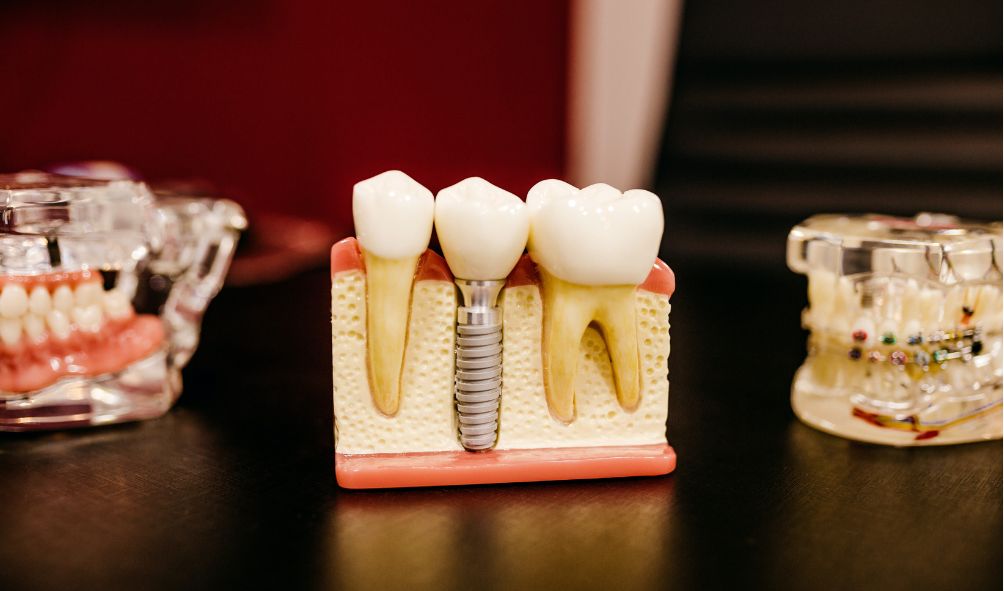How Long Do Crown and Bridges Last?
Dental crowns and bridges are usually used to protect and support teeth that have grown weak over time because of excessive damage and decay. Alternatively, they are also used to instantly transform the appearance of misshapen or discolored teeth. Do you think a dental crown and bridge is the perfect cosmetic or restorative choice for your smile? Read on as we talk about these dental procedures and what you can expect when you get them.
Process of Getting Crowns and Bridges
The first step is to reshape the teeth that will be covered by the crown or bridge. A local anesthetic is usually used to ensure that the patient stays comfortable the whole time. Next, dental impressions are taken of the teeth so the crown or bridge is designed to blend seamlessly with the rest of the teeth. A temporary crown or bridge will be installed while the permanent restoration is being made in the laboratory. On your next visit, the temporary restoration will be removed and replaced with a brand-new crown or bridge.
How Long Do Crowns and Bridges Last?
Dental crowns and bridges can last 5 to 15 years, depending on several factors. To ensure that you get the most out of your new smile, practice good oral hygiene, schedule regular dental visits, and avoid food items that are too crunchy or tough. Although there are no food restrictions with crowns or bridges, never use them to chew on ice, popcorn kernels, or hard candy, as well as in opening packages. Should any damage happen, it is good news that these dental restorations can be replaced by your dentist.
Should I Get a Dental Crown or Bridge?
Crowns are a good choice for those who only need a tooth repaired. Bridges, on the other hand, require the abutment teeth, which are the healthy teeth that the bridge covers, to be reshaped and modified for the bridge to fit over them. If you need more than one tooth replaced altogether, bridges are a good choice. It is a minimally invasive option and is less costly compared to other restorative options. Still, it helps to discuss with your dentist all your restorative options so you can choose the best one for you.
What are the Different Kinds of Crowns?
Permanent crowns are made from various materials that offer their unique advantages and disadvantages. There are metal crowns that are usually made of gold or metal alloys. They are durable but do not blend well with the surrounding teeth. Another kind is resin crowns which are usually the most affordable among the options. However, they are vulnerable to fractures and tend to wear down faster. Finally, there are porcelain and ceramic crowns that blend with the other teeth and offer excellent durability.
How Much Does a Dental Crown Cost?
For complex procedures like crowns and bridges, it is a good idea to know the pricing ahead of time. The cost of traditional dental crowns varies depending on several factors like the material and the kind of treatment needed to prepare the tooth. If the tooth needs root canal therapy or another procedure like a bone graft, the cost can go up. The good news is that many dental insurance companies cover the cost, significantly reducing what you will have to pay.
Taking Care of Your Temporary Dental Crown
If you have already started your dental crown procedure, you might have some concerns about taking care of the temporary crown before your next appointment. There are several precautions you can take to protect it from damage. First, avoid sticky, hard, and chewy foods that can break or pull the crown. Also, chew on the opposite side of the mouth if you can. Make sure that you maintain good oral hygiene habits, taking extra care when flossing around the temporary crown.





 |
|